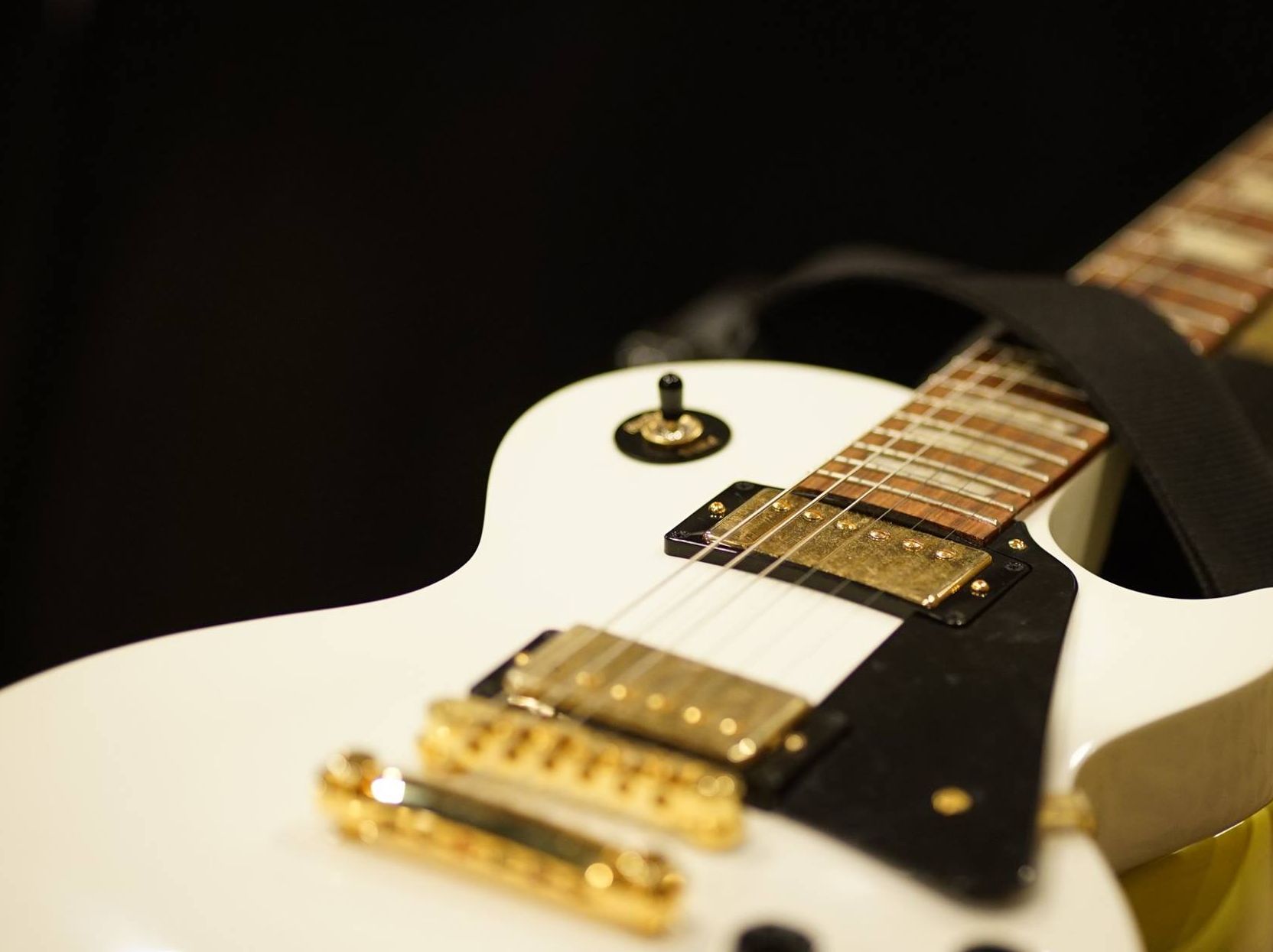How To Practice Guitar Speed & Get Faster With A Metronome
A metronome can be a great tool for increasing your guitar speed – when you know how to use it.
Problem is, many guitarists don’t know how.
Good news:
You’re about to learn the main things you need to do to get the most out of your metronome use. It’s pretty easy and you’ll be glad you read about them where you’re playing with faster guitar speed than ever before in just a short period of time.
Sound good?
Great!
Make your guitar speed practice more effective and play faster using these steps to supplement the time you spend practicing with a metronome:

Step One: Map Out Your Fastest Guitar Speed
Pinpoint your current max speed using a metronome to gradually build up to the speed at which you can hardly play a phrase many times without making errors.
Here are cases of how to pinpoint your max speed using a variety of guitar techniques:
Sweep picking– Identify the fastest pace at which every note of the phrase sounds plainly, without combining together while keeping a regular rhythm.
Scales – Watch for the fastest beat at which every note sounds perfectly, and both hands stay totally in sync while shifting spots on the fretboard.
Certain guitar phrases – Try to find the fastest tempo at which every note sounds precisely, and you are able to play the idea without losing rhythm.
After identifying your current fastest speed, try this:
Step Two: Create Distinct Guitar Speed Goals
The more exact your guitar playing goals are, the more substantial the chances you will accomplish them. Many guitarists don’t become shredder types of players because they practice for guitar speed without any objectives.
Here are numerous suggestions for guitar speed objectives you can contemplate for yourself:
Play at a precise speed.
This is a basic goal for particular phrases, exercises or techniques. If you just want to play a technique with more speed, study the goals below.
Play at a speed set on the metronome a set number of times without issues.
This is a more specific goal that helps you perfect something by concentrating on consistency as opposed to only being able to play an idea accurately sometimes.
Improvise phrases at a defined speed.
It’s commonplace for players to want to play “with speed”, but practicing to improvise without missteps at distinct speeds helps you calculate your complete guitar speed in a more accurate fashion.
Document your goal and figure out the amount of time you want to invest practicing every week to realize it. If this is a very vital goal, give yourself good proportion of your time and don’t practice less essential things in its place.
Unsure how to construct your guitar practice? Get help making the most effective and efficient guitar practicing plan.
Bonus Tip Of The Day: Visualize The Fretboard While Soloing
Ever feel like your solos become lost and you accidentally play notes that are out of key?
Here is what to do:
Make sure that you visualize what scale shape you are going to move into before you start to move there.
To get better at this skill, practice using scale shapes that begin in closeby positions.
For instance, practice improvising a lick a 3 note per string A minor scale beginning on the 12th fret of the A string within a single octave. Do this for a minute.
Then practice playing a 3 note per string G Mixolydian scale beginning on the 10th fret of the A string within a single octave (G Mixolydian uses the same notes as A minor, just starting on G instead of A). Do this for a minute.
For the next minute, mix both together.
Over time, slowly expand your fretboard coverage by adding more notes or scale patterns.
Step Three: Track Your Progress Routinely Until Your Goals Are Met
It’s not enough to solely have goals and practice with a schedule prioritizing them (although this is still good).
Recording your progress helps you discover the mistakes that are important to fix, so you upgrade your weaknesses and become a speedier guitar player in less time.
As you practice the particular item to move towards your goals, pay very close attention to the missteps you are making. To track your mistakes as closely as you can, record yourself while practicing.
Type down which mistakes are giving you the most hassle and how many times you made those mistakes during a certain session.
Right here is an example of what you could track: 1. The practice item 2. Amount of time practiced in this session 3. Missteps noticed
Note: The more thoroughly you track your mistakes, the faster you correct them!
Step Four: Set Different Guitar Speed Objectives Every Few Weeks
Your guitar speed objectives will transform over time as you achieve them or think about new ones. Don’t make the usual mistake other guitarists make of not changing your goals (modifying the way you practice).
Look over your guitar speed goals every few weeks or so to keep developing your skills.